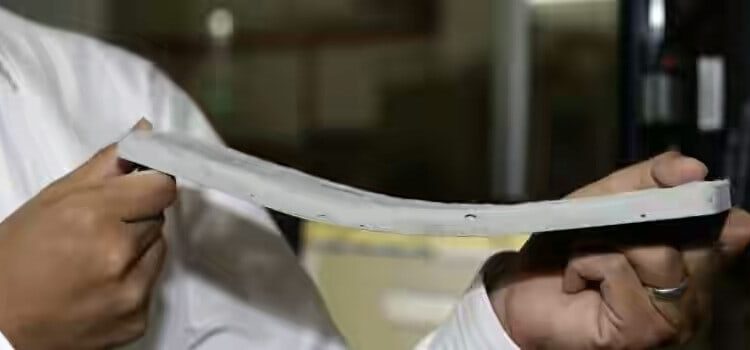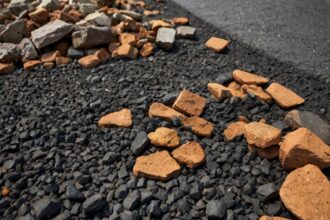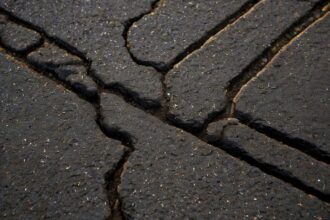What is flexible concrete?

 The flexible concrete formula comprises aggregates, air, water, and cement. So what is flexible concrete? In a nutshell, it’s a particular type of concrete that’s bendable with a ductile material that’s altered to change its nature unlike conventional concrete. This article looks at everything you need to know about flexible concrete.
The flexible concrete formula comprises aggregates, air, water, and cement. So what is flexible concrete? In a nutshell, it’s a particular type of concrete that’s bendable with a ductile material that’s altered to change its nature unlike conventional concrete. This article looks at everything you need to know about flexible concrete.
Flexible Concrete composition
The coarse aggregate is removed from flexible concrete mixes, and more fiber is incorporated. The components of flexible concrete include Fibers, cement, sand, water, and Superplasticizer.
Features of Flexible Concrete
- The tensile strain capacity for bendable concrete is between 3 to 5%
- A flexible concretes compressive strength can go up to 70MPa.
- Flexible concrete has a tensile range of between 10 to 15 MPa.
- Flexible concrete has a strain capacity that’s over three hundred times greater than normal concrete.
- The flexible concrete formula has a self-healing property that is great for filling the micro-cracks through the reaction between rainwater and cement.
Benefits of using flexible concrete
- This particular concrete is advantageous because it emits low levels of harmful gases, unlike traditional concrete.
- Bendable concrete is more crack-resistant, which reduces repair costs—as a result, saving you money in the long run.
- Although this type of concrete is more expensive upfront when compared to its traditional counterpart, it is highly resistant to wear and tear.
- The other advantage of this bendable concrete is that it has a higher strain level than any conventional concrete, hence making it more flexible.
- This particular concrete also has a high flexibility rate nearly 500 times that of your traditional concrete.
- Flexible concrete needs less steel reinforcement hence allowing engineers to diversify their design.
- The other good thing about flexible concrete is its self-healing ability which uses carbon dioxide and rainwater.
- When it comes to weight, flexible concrete is by far lighter than traditional concrete making it great for the construction of sky scrappers.
- Lastly, flexible concrete is not as fragile as traditional concrete making it the better option.
Flexible concrete disadvantages
- The material used for making bendable concrete is usually scarce and quite expensive.
- Flexible concrete quality entirely depends on the atmospheric conditions and material quality.
- The flexible concrete initial construction cost is usually high.
- This particular type of concrete has a lower compressive strength when compared to traditional concrete.
- Construction work that involves flexible concrete requires skilled labor to get the job done.
What are the applications of flexible concrete?
- Construction of tremor resistant buildings
One of the primary uses of flexible concrete is constructing buildings that can withstand tensile pressure. This special concrete is excellent for high vibration resistance from earth tremors.
- Construction of bridges
Flexible concrete is used to construct bridges, thanks to its flexible nature. As a result, this concrete type replaces a bridge expansion and contraction joints since it is highly flexible when changing its shape quickly.
- Used in the Concrete Canvas construction
When it comes to durability and high-level resistance canvas, flexible concrete is the best choice. It’s usually convenient for military construction work since it’s highly durable.
Conclusion
Although bendable concrete has its drawbacks, it has more advantages when compared to traditional concrete. More and more construction companies and engineers are embracing this particular concrete since it’s the future.






